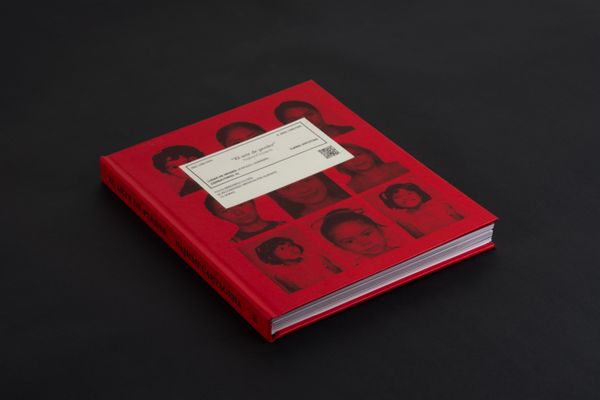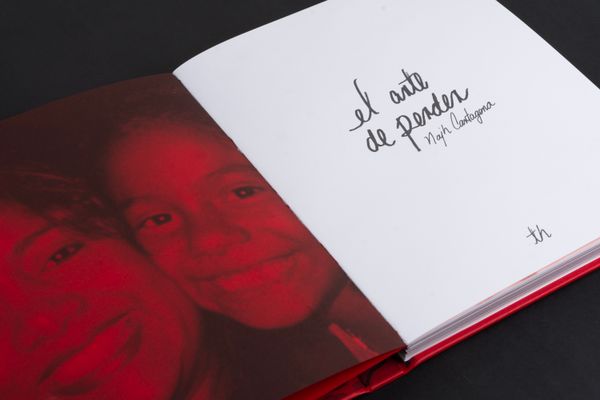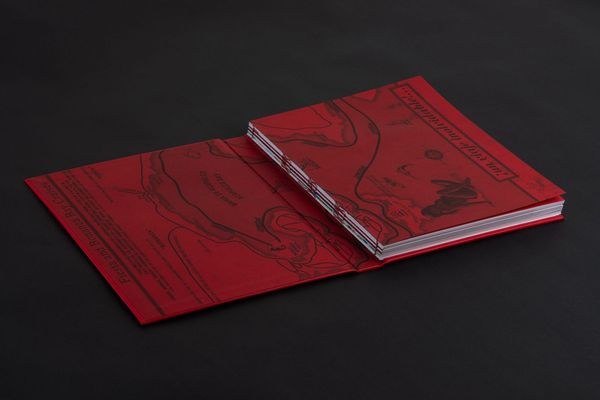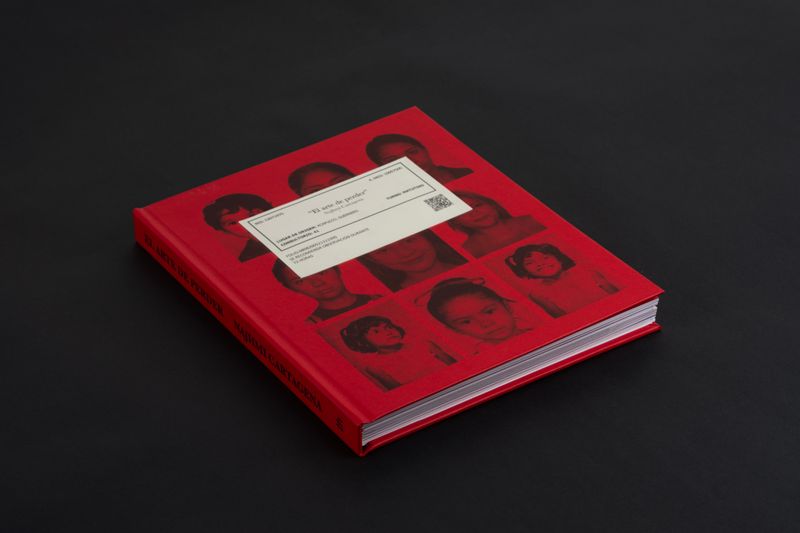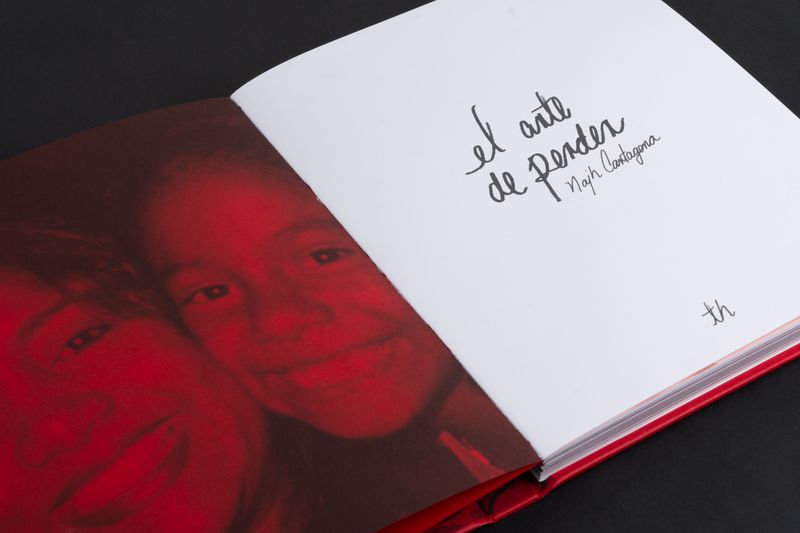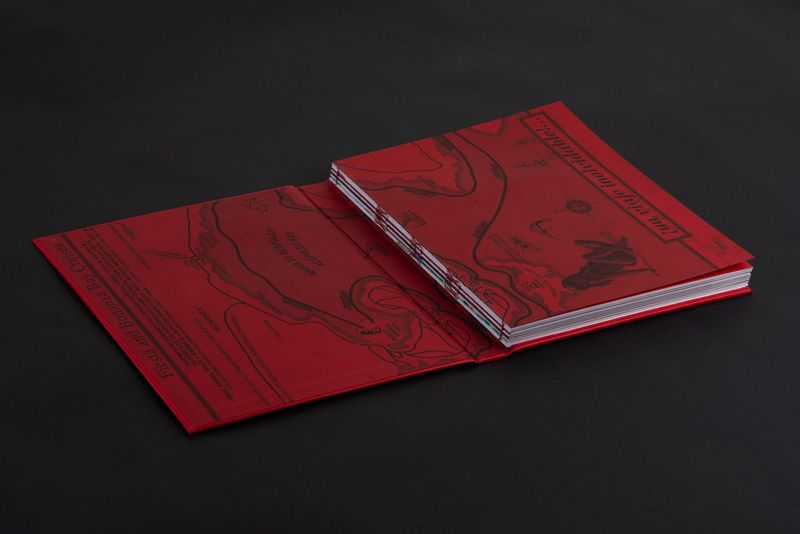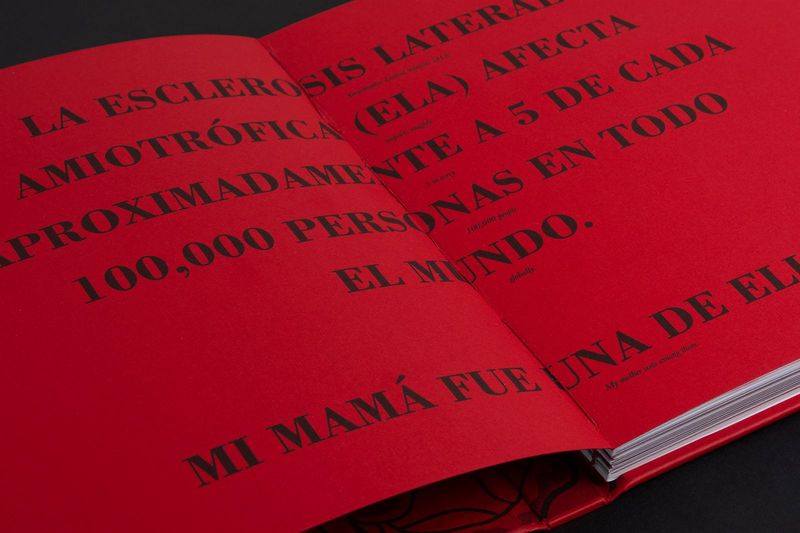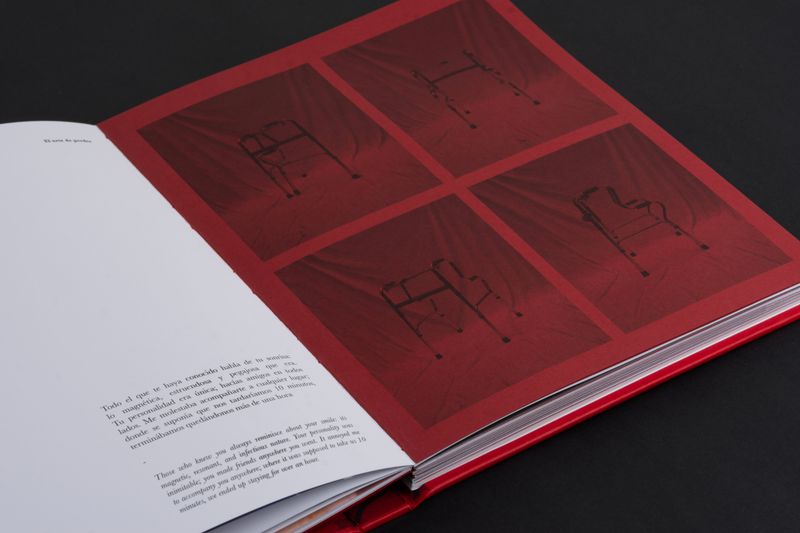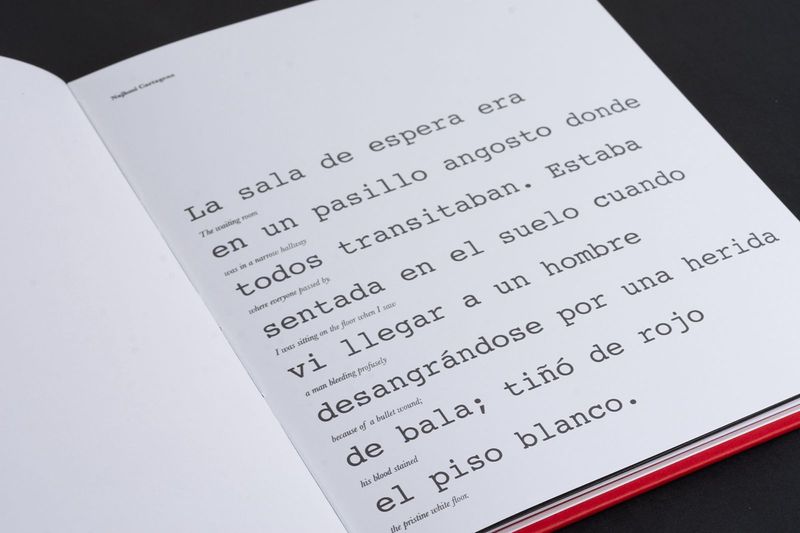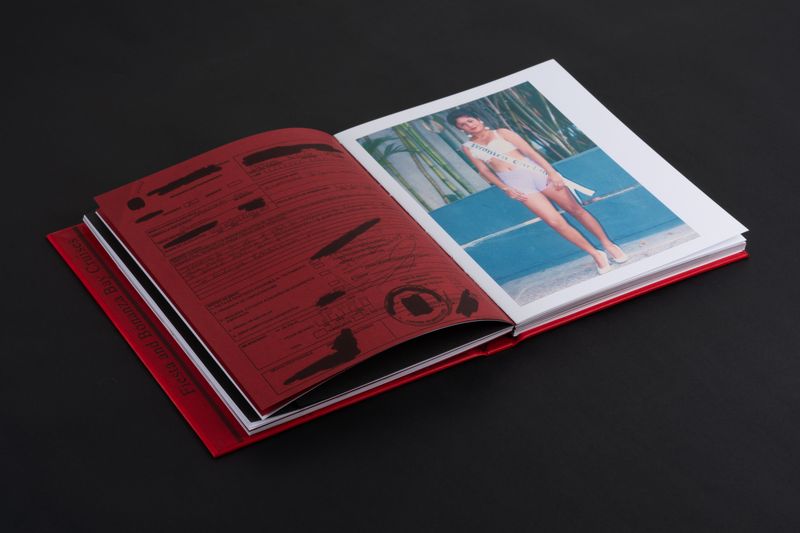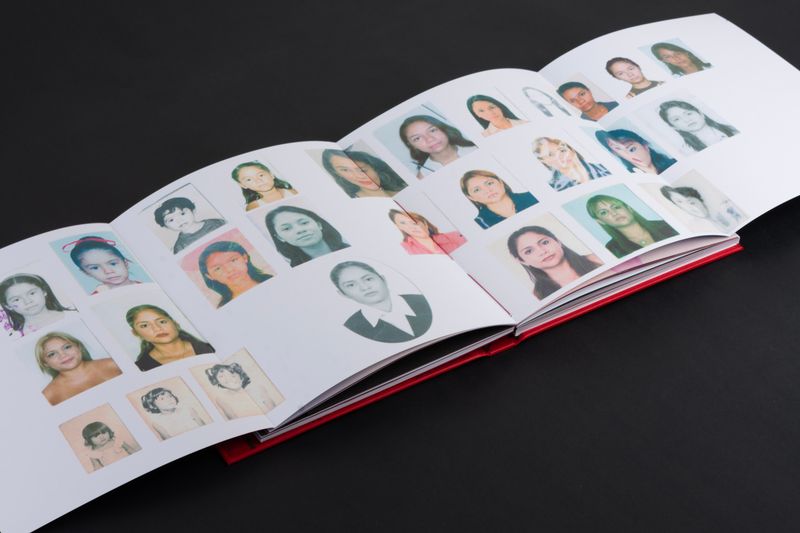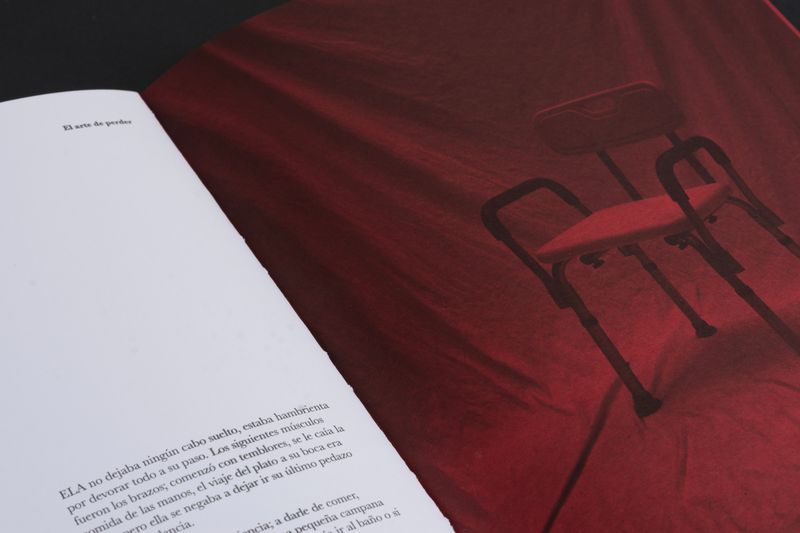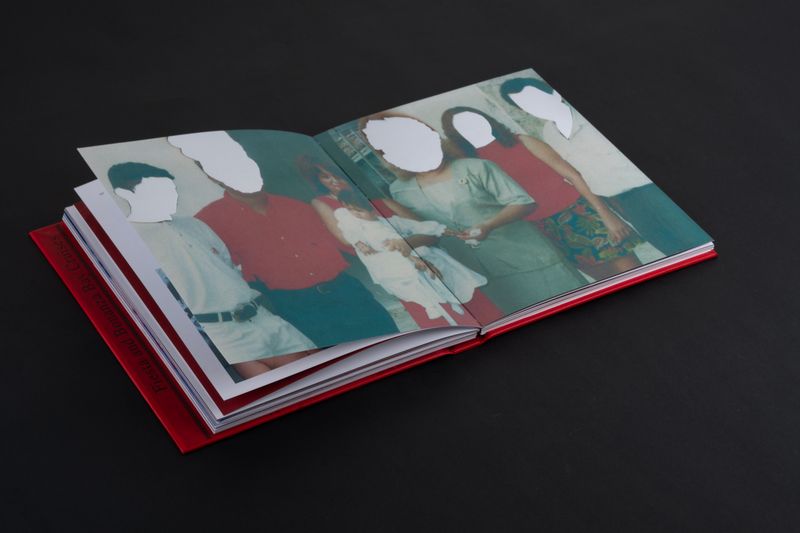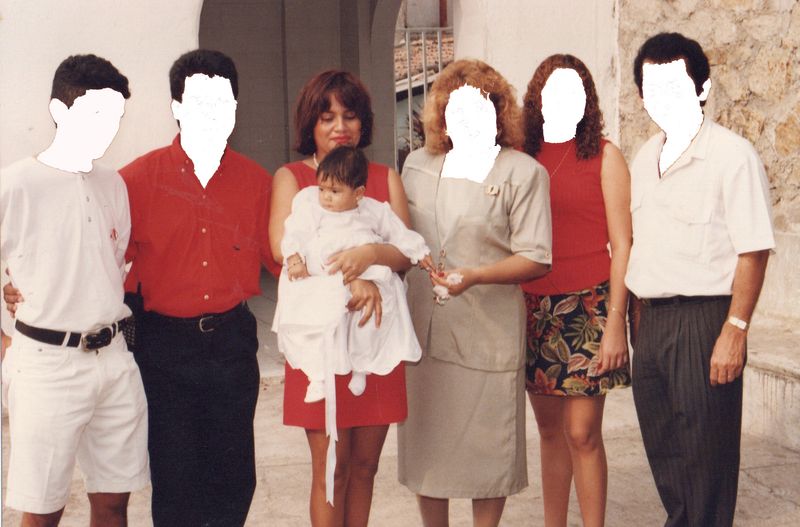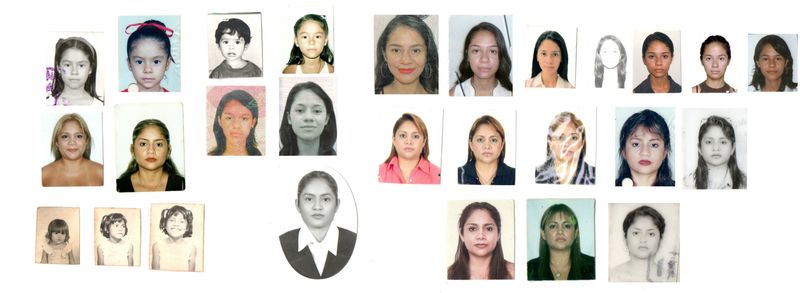The art of losing (el arte de perder)
-
Dates2024 - 2025
-
Author
- Location Mexico City, Mexico
-
Recognition
A profound journey through ALS and grief, weaving family photos, medical records, emails, and diary fragments. Four years of love, loss, and memory unfold as a daughter honors her mother Vero, exploring death, absence, healing, remembrance, and solitude.
The Art of Losing is a captivating photobook that unveils the profound journey of navigating a rare, intricate, and challenging disease like Amyotrophic Lateral Sclerosis (ALS). ALS is a time-dictated disease that attacks the muscles of the human body in phases—each case is different. In Vero’s case, it began by slowly taking away her ability to walk, then her arms, followed by her vocal cords, and finally her lungs, but never her mind. This disease is cruel because it traps the patient in a mental prison while completely attacking the body. The photobook explores the emotional landscape that unfolds when a loved one receives this diagnosis, shedding light on how it reshapes the experiences and cherished memories of the caregiver devoted to supporting the patient.
The journey unfolds as the author discovers a box brimming with photos and VHS tapes, igniting the author’s imagination to craft a world deeply influenced by themes of death, absence, and solitude, leaving behind a trail of unanswered questions. Through an intimate internal dialogue, she navigates the tumultuous emotions that arise following her mother’s ALS diagnosis, delving into the profound feelings of helplessness and despair that accompany the illness. Simultaneously, the book serves as a heartfelt homage to the bond between mother and daughter, celebrating Vero’s remarkable life.
The cover and heart of the book features a chronological sequence of childhood photographs, school credentials, and passports, creating a visual timeline that traces how both Vero and Najhmi have evolved through the years. The cover itself is an intervention of one of the appointment cards given at the hospital, while the typography throughout the book mirrors that used in medical records. Red emerges as a crucial element throughout the artistic work—blood was and has been present throughout the illness, between hospital visits, and in memory, this color becomes an integral part of the project.
The photobook weaves together multiple archival sources to create a comprehensive narrative spanning four years of illness. This multi-layered approach incorporates family photographic archives, complete medical records documenting the two-year journey from initial symptoms to final diagnosis, intimate email exchanges between mother and daughter, diary excerpts chronicling the progression of the disease, frames extracted from family video archives, and contemporary photographs of objects that became symbolic of each stage—from the first wheelchair to the specialized artificial respirator that marked the final phase.
The narrative crafts a timeline that beckons the reader to explore the journey of the illness, discover who Vero was, and delve into the story they shared over these four profound years of transformation and love.
And ultimately, answering the most important question: who takes care of the caregiver? Creating a bridge between medicine and art becomes essential when navigating illness within public healthcare systems marked by significant shortcomings that must be addressed through artistic expression. This work fosters dialogue around taboo subjects such as terminal illnesses and the lasting impact they leave on families.
“Amyotrophic lateral sclerosis affects approximately 5 in every 100,000 people worldwide. My mother was one of them.”
